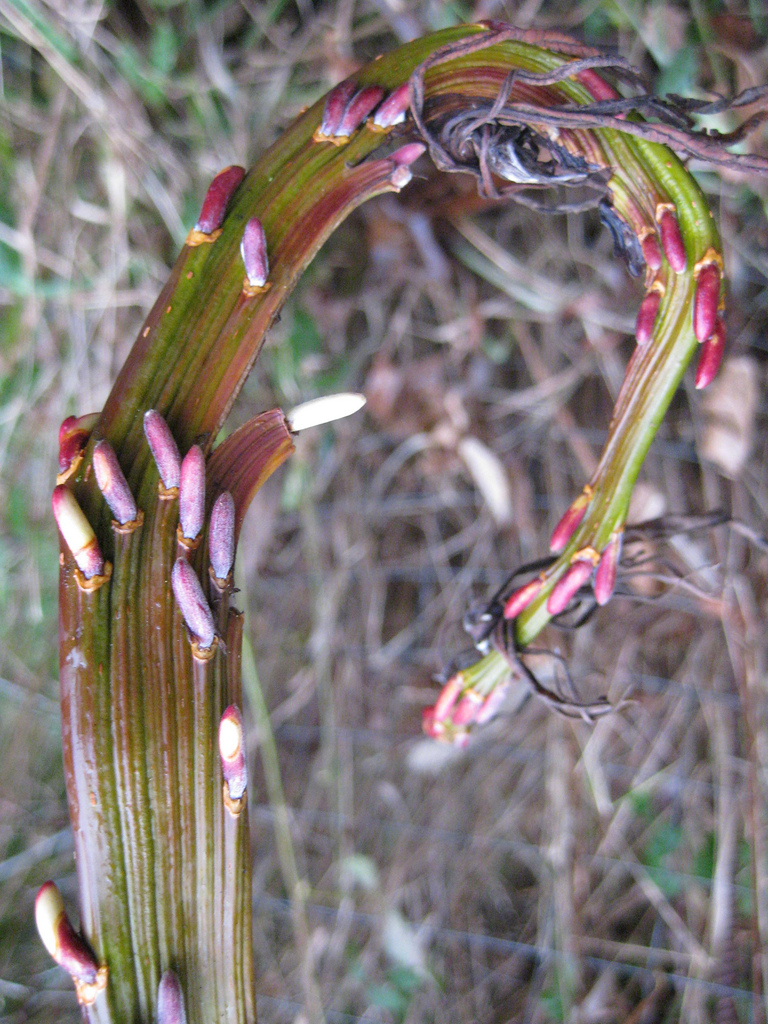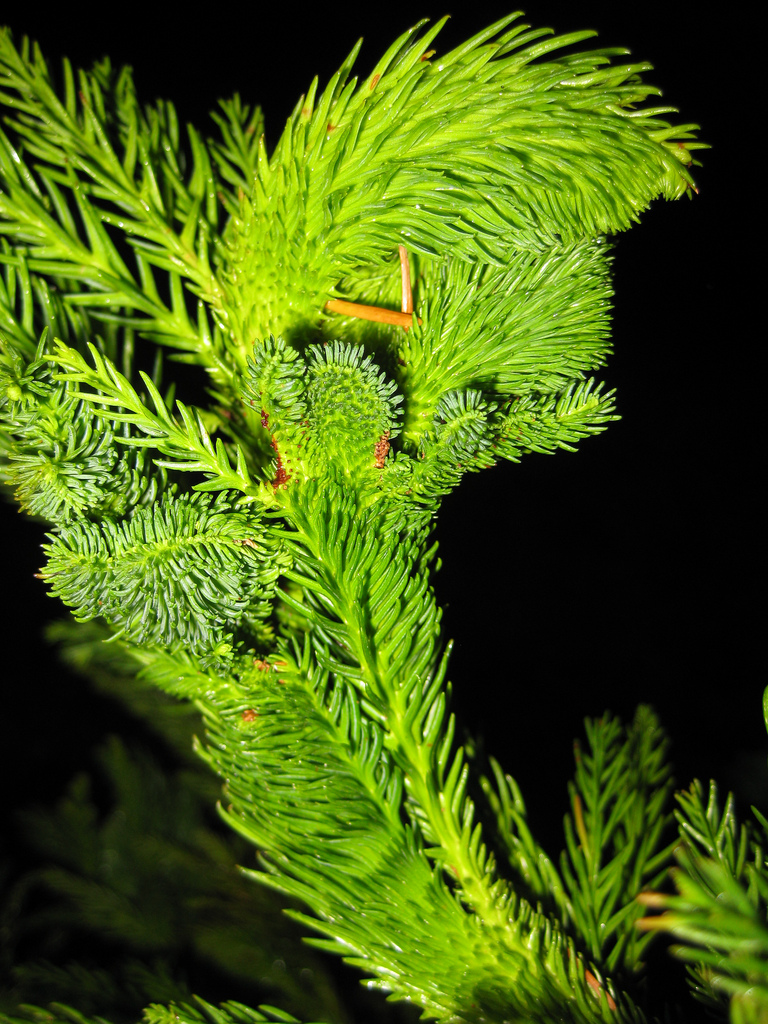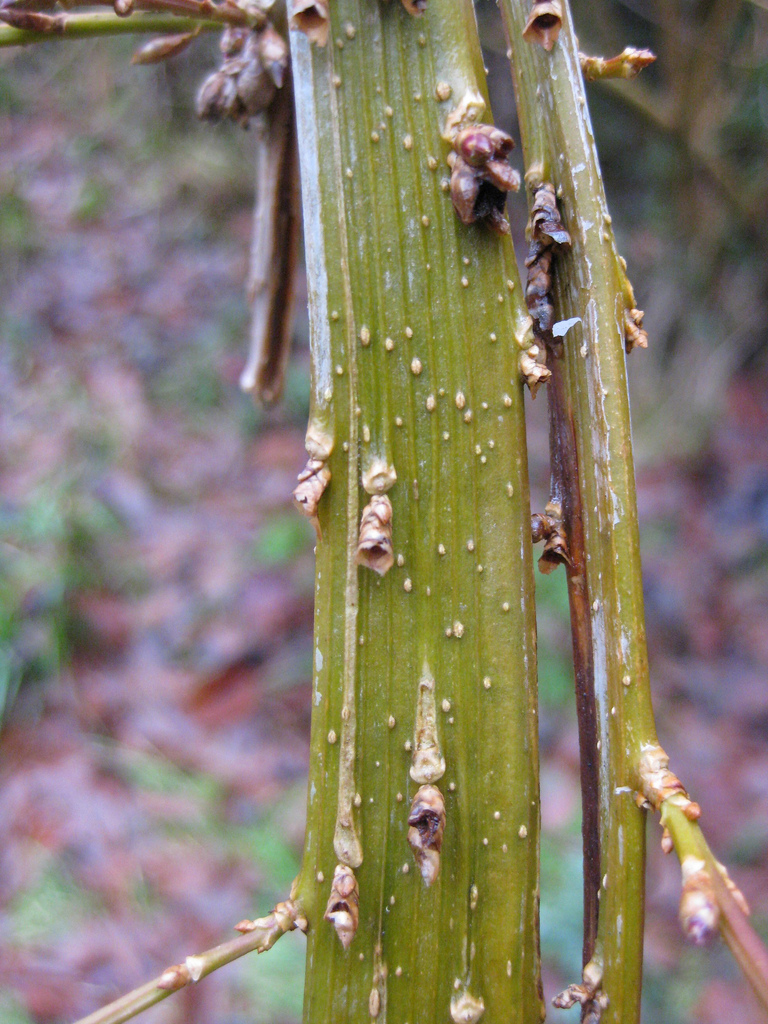It’s all around us.
Billowing from the tail pipes of cars on cold winter mornings. The way cream dissolves into a cup of coffee beneath the buzzing white lights of a donut shop. The seething gray clouds that come before a long-awaited spring. Turbulence. It’s order diffusing into chaos. Energy erupting through a system. Sometimes it’s violent. Sometimes it’s fertile. Plants too can show the effects of turbulence surging through their tissues. What we see is a kind of slow motion wake of distortion. The phenomenon, called fasciation, occurs fairly regularly, even within the sheltered confines of my own backyard. Sometimes the genes of the plant start to twist and spin in their chromosomes, leading to the most remarkable contortions at the macro level. Such is the case with the Japanese Fantailed willow (Salix sachalinensis ‘Sekka’) in which a mutation has caused normal pussy willow twigs to curl up like octopus tentacles, while at the same time compressing them into antler-esque straps of catkin-studded wood. The Cockscomb Cryptomeria (Cryptomeria japonica ‘Cristata’) is similarly affected, its sprigs of needles fusing together to form prickly, multi-lobed mittens.
Sometimes all it takes is a simple mechanical injury to trigger this botanical strangeness. Recently, a branch of Forsythia started to fasciate after getting knocked around for years by my garden gate. Why now? I wondered. Perhaps the disturbance needed to build up to some point of instability, before the turbulence could unleash itself through the system. Instead of being harmed, the flowing river of cells that comprises the Forsythia, simply accommodates the disruption by altering its form. Perhaps that is a lesson to us all.





